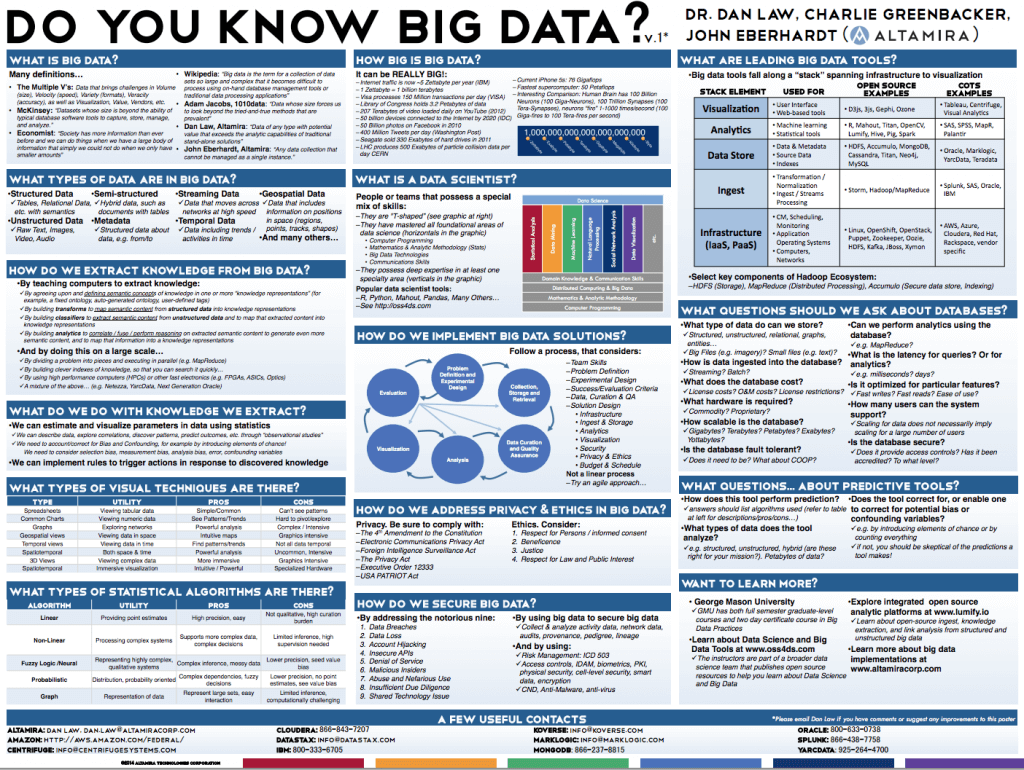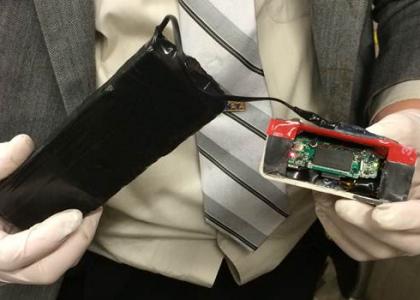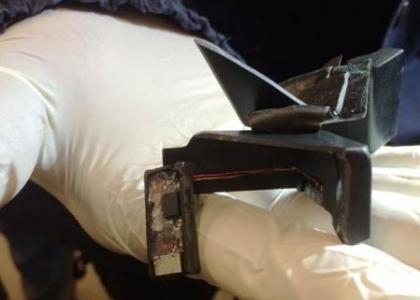 This is the fourth installment in our series flowing from recent dialog with Marc Andreessen. In this post we provide Marc’s thoughts around how automation and AI may change the nature of interaction between government and citizen.
This is the fourth installment in our series flowing from recent dialog with Marc Andreessen. In this post we provide Marc’s thoughts around how automation and AI may change the nature of interaction between government and citizen.
Gourley: Do you have any suggestions that can help us think through how automation plus AI change the social fabric and interactions between citizens and government?
Andreessen: It is pretty clear that businesses are way out ahead on this one. There are very successful precedents that can be studied as we think through what is possible for AI to enhance government service to citizens. In the commercial world, Big Data and AI are closely related, with the most impactful AI being done by processing huge data sets and doing extreme learning against those data sets. Google is really best in class at this right now. Look at what they are doing with predictive search, Google now, contextual search, speech recognition, ad targeting – it’s all machine learning against big data. Google has been leading but we are seeing spinoffs of approaches applied by many other firms in other sectors. A key examplesto consider is health insurance. We can now envision entirely new ways of conceiving health insurance– if you take big data/machine learning approach. We can say the same with auto insurance and crop insurance, financial services, loan risk scoring – all of which can be done far more accurately now than historically.
Lessons to draw from these regarding the future of interactions between citizens and government include better, more relevant provisioning of social services and health support from government, tailored to individuals. Also consider the ability to better forecast disease and its prevention, both broadly for communities and tailored to specific individuals informed by genetics.
Also consider the application of AI and automation to constructs like the drivers license. The current approach where you go in, take a test and get a license is really ripe for automation, not just in the application process but in the continuous use and authorization to drive it implies. Consider AI that can tell if a person is driving poorly. Sensors in a car can tell if a person is drifting from lane to lane or rolling through stop signs or otherwise impaired. By 2030 will AI plus sensors be able to temporarily revoke a right to drive until the person is safe?
Gourley: What should technologists in government be thinking about to help accelerate virtuous change?
Andreessen: The use cases I mentioned above are really just a beginning. Keep thinking through use cases for AI in government service to citizens. There are so many more. My advice here is to track developments in the commercial world closely.
The next post in this series will dive into some ways we may be able to enhance the dialog underway today regarding the future of technology. Ensure you are on our newsletter distributions to be alerted when we publish.

 “
“






 platform at Columbus Circle.
platform at Columbus Circle.